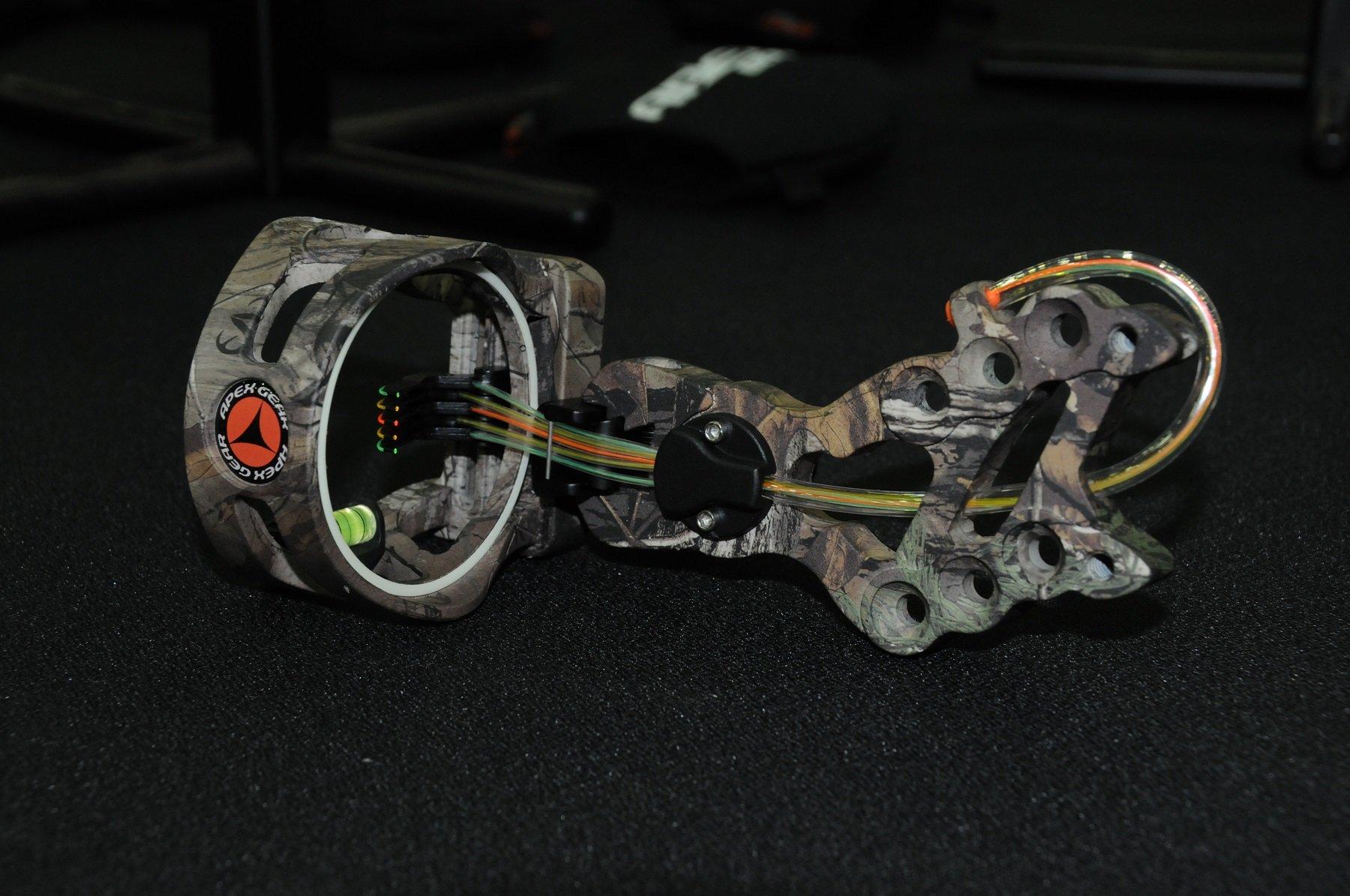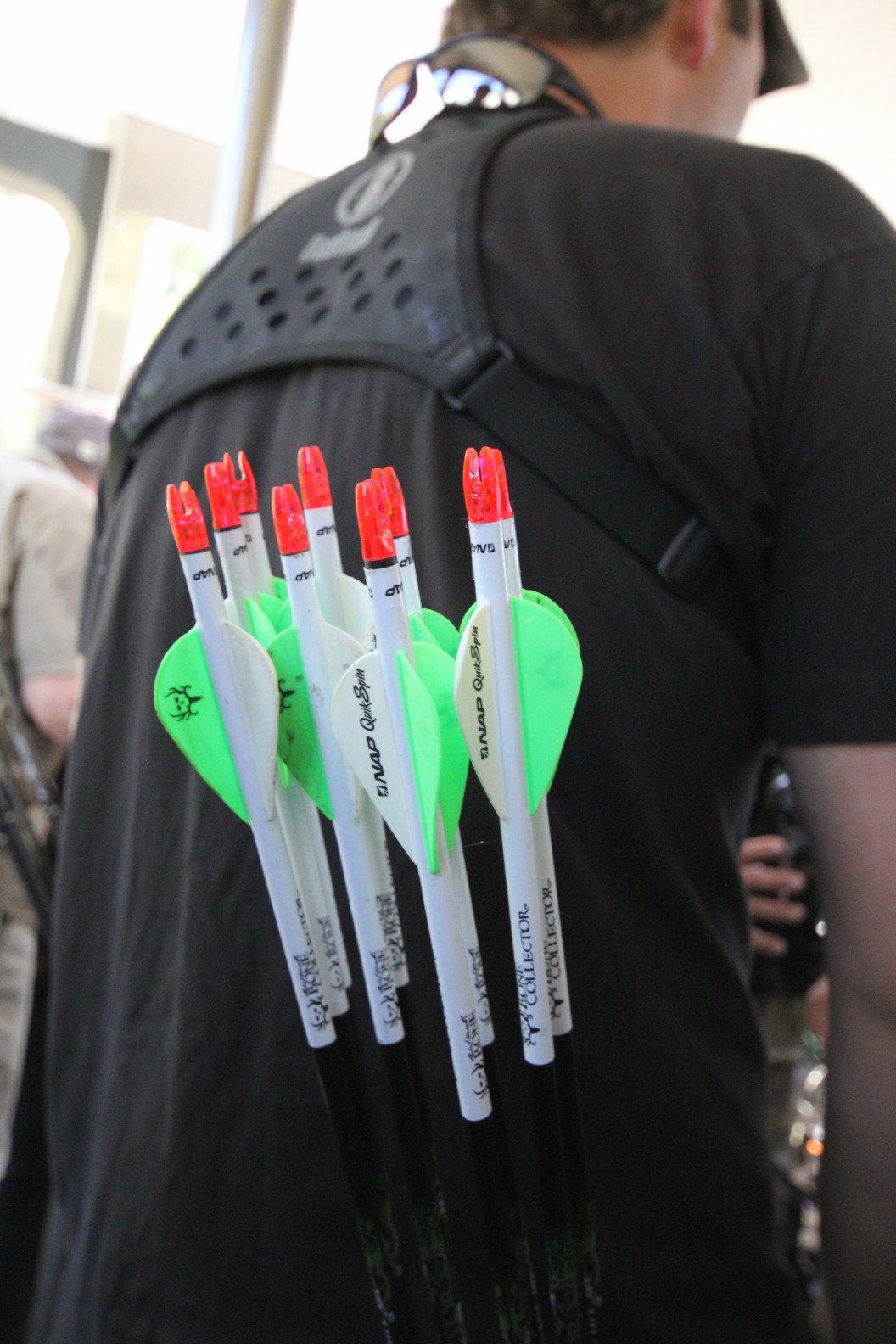Bowhunting Basics III: Modern Bowhunting Accessories
While modern compound bows, with their silky-smooth draw cycles, high let-off, and efficient energy transfer, and straighter, more durable carbon arrows and broadheads, are huge factors in making archery success easier, modern bowhunting accessories also contribute largely to shooting ease.

Fiber-Optics: The next huge advancement in modern archery is the fiber-optic equipped bow sight. Fiber-optic material gathers light and sends it to its point, harnessed by a metal sight pin to create brighter aiming points. This creates aiming points that are more easily observed in all lighting conditions, especially low light when game (especially whitetail deer) moves best. By extending these fibers well beyond the aiming point, spooling it on the sight aperture/pin guard or routing it through the mounting bracket, the material gathers even more light, with effective shooting hours extended considerably. This is especially welcomed if working with aging eyesight or generally poor vision.
Round Pin Guard: Another cool trick is to employ a sight with a round pin guard, normally highlighted with bright paint or material, combined with an extra-large peep sight (around ¼ inch). The peep becomes your rear sight, typically a circular aperture attached through the bowstring. This allows you to center the entire round pin guard inside the round peep - instead of a single pin - allowing more light during low-light shooting situations, while also revealing misalignment during the shot. It also quickens the sighting process.
Wrist Sling and Stabilizer: Other useful accessories include a wrist sling and a stabilizer. Using a wrist sling assures you don't death-grip the bow handle during release for fear of dropping the bow during the shot, introducing accuracy-robbing torque. A stabilizer both helps balance the bow and absorbs vibrations that can create shot noise, shorten equipment life and actually erode accuracy. If your new bow doesn't come out of the bow factory equipped with bow silencers (string most importantly, but also limb and cable guard) add necessary products to make it quieter. In bowhunting, there's no such thing as a bow that's too quiet.

Targets: Finally, you'll need an arrow-catching target for safety's sake and to prolong arrow life. This can be as simple as a mound of sand or a soft dirt bank, if such a place is available to you. But this normally entails a foam block or bag target to start. Foam is better if you wish to eventually shoot broadheads, but extracting arrows after the shot requires more effort. Bags allow two-finger arrow extraction but they shouldn't be shot with broadheads. Many archers buy one of each: a foam target used primarily for pre-hunt broadhead practice and tuning, and the long-lasting bag used only with field points while sighting, tuning and honing shooting form.
In Part IV we'll look into what's needed, equipment-wise, to make the transition from backyard target shooter to bowhunter.






